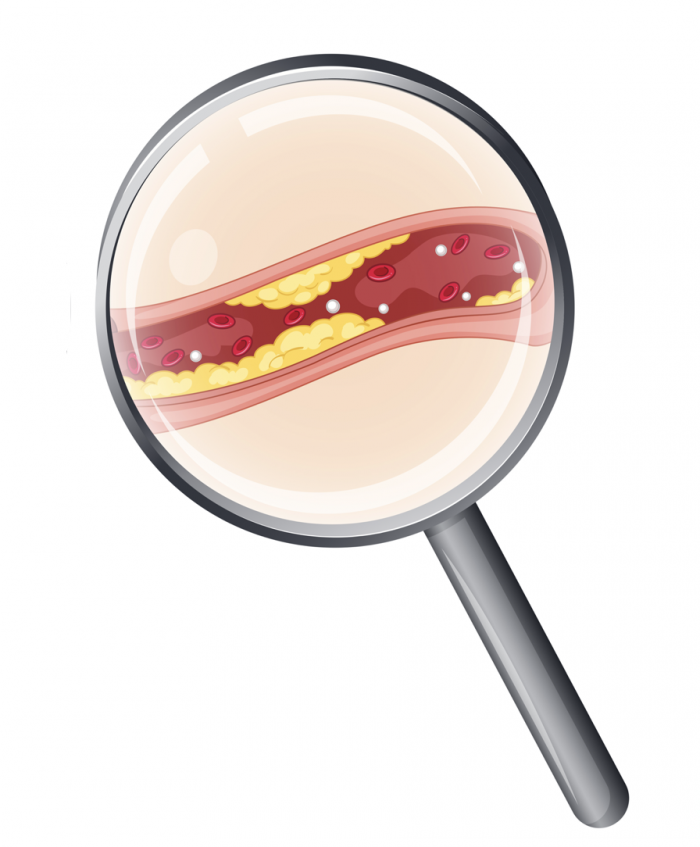New frontiers - Common mistakes - Coronary Artery disease


To celebrate we are initiating a teaching series, which will help you shine.
Learning from Mistakes
Don’t we learn best from our mistakes? This is exactly the idea behind our new teaching series. So lets start with: The five biggest mistakesThe first topic we will deal with is: coronary artery disease
1) You have too little information about the history of the patient.
Take a look at the following patient: Would you feel more comfortable in describing a lateral wall motion abnormality if you knew that the patient has an occluded CX? Discreet Wall Motion abnormality lateralMy tip: Talk to the patient, look at his record / ECG
2) You are not looking for indirect signs of MCI
Did you know that restrictive mitral regurgitation, poor RVF or increased echogenicity of the myocardium can be a sign of CAD? Here is such an example: Patient with an inferior myocardial infarction and restrictive MR. Even without looking at the 2-chamber view it is apparent that the patient must have CADMy tip: if you see such findings intensify your search for wall motion abnormalities
3) Quantifying the size of the infarct based on the EF
Ejection fraction tells you little about the size of the infarct. The residual myocardium might by hypercontractile in the acute setting of an infarct. By just looking at the EF you might think that the infarct was small. Here is such an example: Anterior infarction with hypercontractile basal segments, the EF is 41% not reflecting the true magnitude of the infarctMy tip: Classify the infarcts based on the number of segments that are affected. This will help you determine if the patient is at risk of developing heart failure. But be aware that some segments can recover (stunning). It is often difficult to determine the extent of myocardial damage in the initial phases of a MCI.
4) You are not using longitudinal strain
Global longitudinal strain gives you so much information. It allows you to detect segments, which are affected that your eye might miss. It is also a great way to determine the size of an infarct and to follow up patients. Global longitudinal strain (Bulls eye) in a patient with a large anterior MCIMy tip: Start your journey and use Speckle tracking echo as often as possible. You will learn on the go.
5) You are not imaging the entire myocardium
Clearly you will miss an infarct or scar or even a thrombus if you don’t use atypical views and screen the entire myocardium. Here is an example of a view that really helps in the detection of lateral infarcts. Atypical 4-Chamber view – counter clockwise rotation until the aortic valve is seenMy tip: Experiment with different views, observe the wall motion while you rotate from one view to the next and scan back and forth between disease and the normal myocardium to get a better sense for the extent of the problem
In conclusion
Imaging for wall motion abnormalities is one of the most difficult tasks in echocardiography. You need to take your time and train your eye.If you like our teaching series leave us a message and share it with your friends. More to come...
Thomas Binder and the 123sonography team






